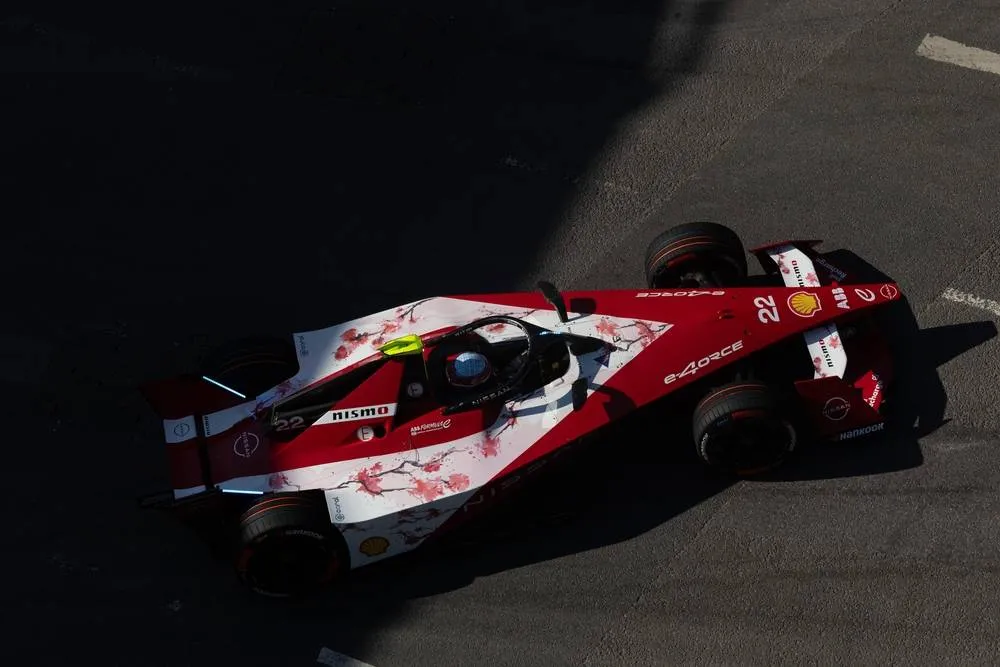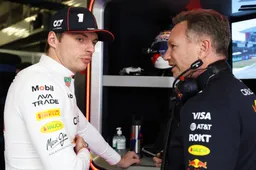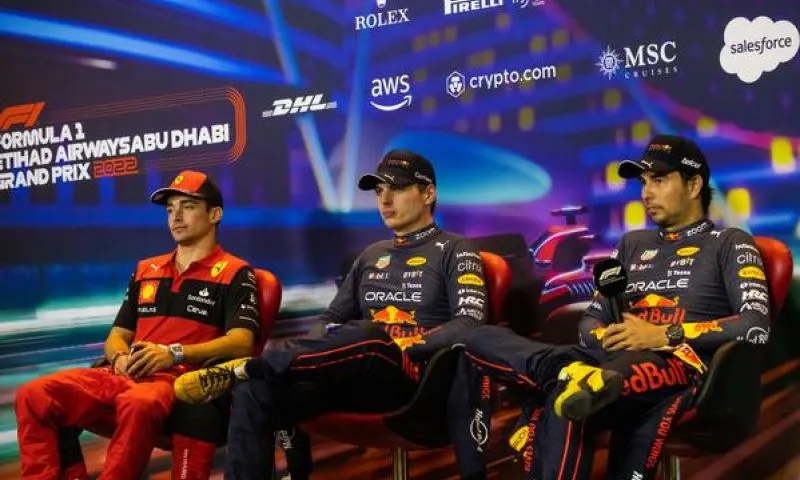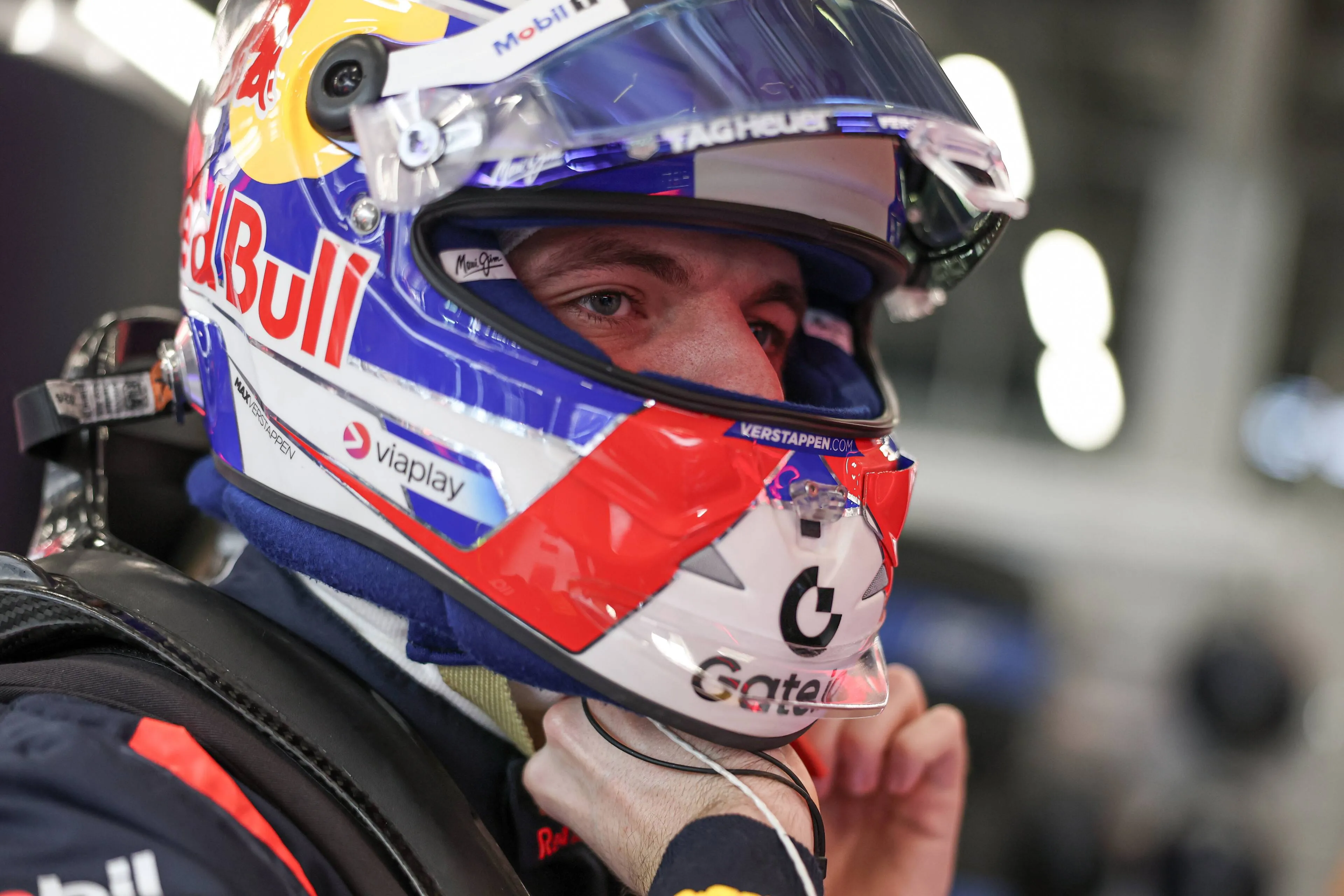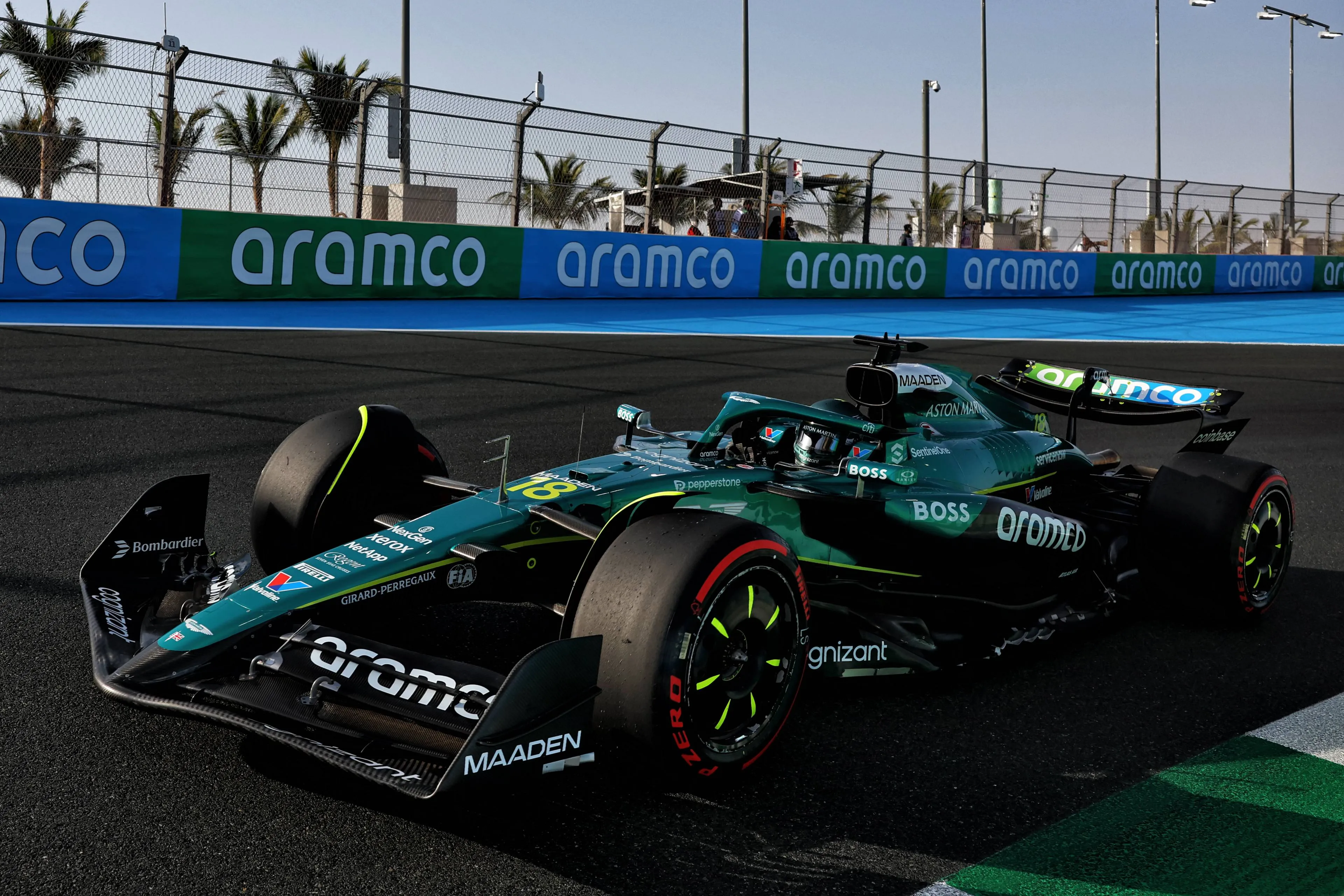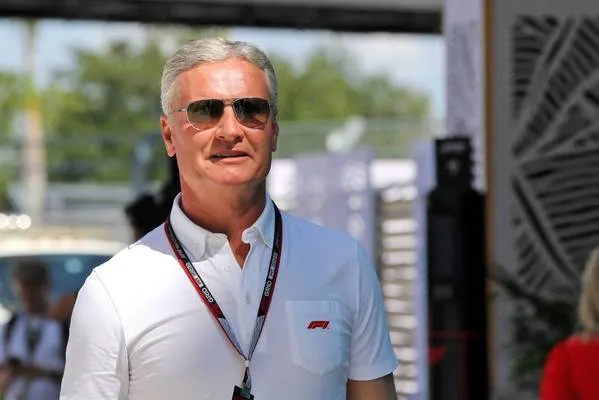The secrets of the simulator: A peek behind the scenes
18:03, 27 Apr
Updated: 20:29, 27 Apr
0 Comments
The simulator: one of the biggest secrets of a professional racing team. Sergio Sette Camara, currently working for Nissan, takes GPblog behind the scenes and talks about the work that teams in Formula 1 and Formula E do on machines that no competitor gets to see.
Sergio Sette Camara stands up, shows his legs and says: “Do you see?” Indeed, the Brazilian is in shorts. Immediately, he has debunked a possibly existing prejudice: In the simulator of a Formula 1 or Formula E team, a driver does not wear his full racing gear, but only with racing shoes and gloves on. He also does not wear a helmet.
Immediately, the Brazilian reveals another secret: sometimes, in video footage shared by a team, a simulator can be seen. But according to him, that is never the actual simulator. “They will never show on camera to the other teams to see, or for the whole world to see what the platform they're actually practicing on because it's secrets and a lot of study and investment goes into making them,” says Sette Camara.
The third driver of the Nissan FE team has spent plenty of time in a simulator. Sette Camara, in the past, was a test driver for Toro Rosso, McLaren, and Red Bull Racing; teams for which he clocked up the necessary miles in the simulator. Just as he is currently doing for Nissan, who have Oliver Rowland leading the championship.
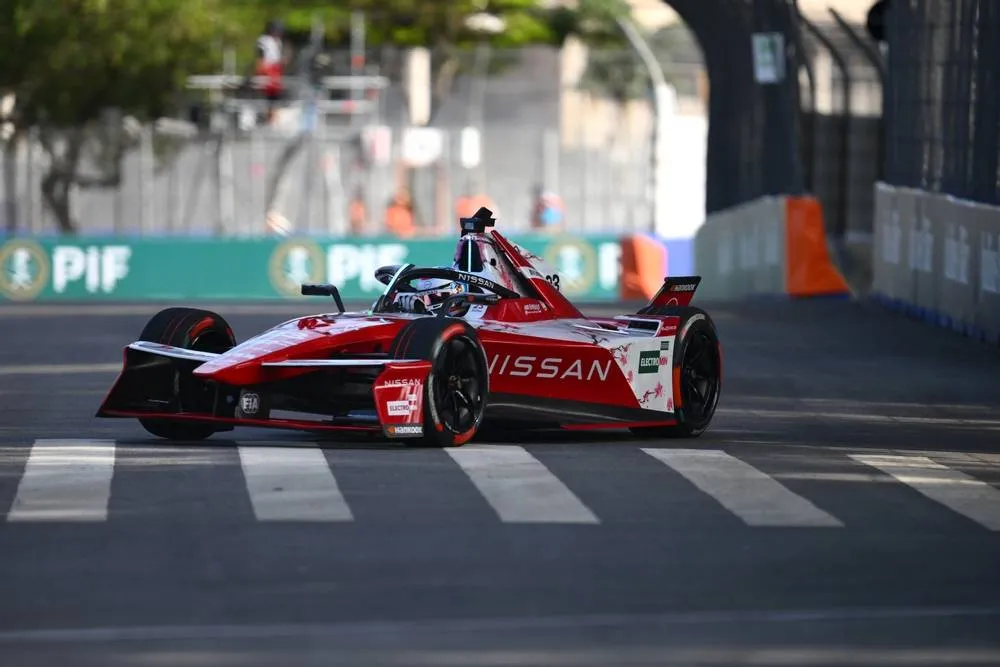
Various sessions in a simulator
The Brazilian explains to GPblog at the end of a day's work that there are roughly three different types of sessions to do. To begin with, there is the preparation simulator session for an upcoming race.
“You would typically start in a place where you're doing the very basics, defining track grip, and once you have a good baseline, it means you're matching the expected track grip, matching the expected lap time.”
“And [once] you have achieved a baseline, which means it's a setup, a virtual setup on the car, track condition, everything, [with] which you're doing consistent laps, and now you can start testing the test items that you want to have fixed before you go to the actual event,” says Sette Camara who - because he is currently not racing - usually works on the overall setup for the team and the drivers who will be active on the track.

Another type of session in the simulator takes place during the race weekend. “On those sessions it's a lot less intense, there's less running, we only run when the team from the track asks us to do a run. So I always bring my computer on those days to do some work, to also watch the races, but it can get boring, or it can get all of a sudden super intense if they're demanding something from me. I can be stuck two, three hours in the car in a row in a very weird time.”
The third and final type of session focuses on correlation, where the test driver works on making the simulator as realistic as possible. “You need to get the simulator in a place where you say, 'okay, I actually trust this thing, I can actually work from there.' You will get data from real life, let's say, I test in Barcelona, I have the labs, I have the data, then I'm driving in Barcelona on the simulator, and I drive and the engineers pick the simulator until the data sets are comparable. And now I know I can use this for a proper session.”
Formula E catching up on Formula 1
Using his experience in the Nissan Formula E simulator and that of Red Bull and McLaren, Sette Camara can compare the differences between categories.
“It is one tiny step down at the moment, but it's catching,” says the Brazilian about the FE simulator. “If you look at the simulators in the beginning, it was comparable to a Formula 3 or Formula 2 teams had better simulators than a few teams at the time. And then once you started to get in Gen 2 [FE cars] there's a crossover moment, then you start to get the simulators in an F2 level.”
“And since then, I think since half of Gen 2, then it really cranked up. And now FE teams have simulators which match those of smaller F1 teams. It's a matter of time until they're even, or even superior.”
Ultimately, as Sette Camara predicts, a simulator for an FE team can play a more important role in the development process for a team in Formula E than for a Formula 1 team. “I think because F1 there's a lot of aerodynamics, modeling, design behind the doors, really focusing on downforce, aero components, so on. Formula E is a software series, this car is a computer and that means you can benefit more from the simulator.”
“I think the conversion of what you can carry from the simulation to reality is more in FE than it is in F1. It would be ideal that an engineer is telling you that because in the end he would be more capable, but that's my feeling and what I really felt from working. So it makes more sense for an FE team to spend a bigger portion of their budget on the simulator for that very reason.”
Formula 1 revolves around aerodynamics, Formula E around software
What an engineer from Red Bull expects from the simulator driver, for instance, is different from what is expected at Nissan, as Sette Camara acknowledges. He explains: “Almost everything you change in the car is changing something in the behavior of the car that supposedly you should be able to feel as a driver - if the change is big enough. But in Formula E, most of the time those changes are coming from something in the software. So nothing has physically changed in the car, position, a bar, a wing, nothing. Everything is the same, just the line of code is different or a setting is different.”
“In Formula One that change will come from a physical change of more often than not a click in wings a new side pod Something completely different a new geometry on the rear They don't like so much the concept of changing things in F1 or adjusting it just make a new part entirely and But ultimately look both of them will change the behavior of the car.”
“So the job itself, let's say the attributes you need to feel and to do your job as a driver, are fairly similar. But I do find in F1, they ask a bit more about the driver opinion and about the driver feeling. Because it's things that not always the data can see so clearly. And in that Formula E, I can give my opinion, but honestly, the engineer can see it on the computer But I do find in F1, they ask a bit more about the driver opinion and about the driver feeling. Because it's things that not always the data can see so clearly. And in that Formula E, I can give my opinion, but honestly, the engineer can see it on the computer.”

Different outcomes sought in Formula 1 than in Formula E
Unlike Formula 1, Formula E is a spec series, with virtually all cars being the same. This also makes the way simulator tests are set up in FE different. “The holy grail of F1 is aerodynamics”, says Sette Camara. “ In Formula E that doesn't matter. Pretty much doesn't matter. It's one of the last test items you would do because like you said it's a spec series so you cannot change nothing in the body of the car.“
“So maximum you can do is a bit of ride height to make optimal aero and so on but it doesn't mean your car will be quick. It's good, but it doesn't change your life. And F1, it changes your life.”
In his career, Sette Camara has worked with various teams, each with their own way of using the simulator. At one team, a driver might be doing 250 laps per day on the sim, at another team, it could be less. One day is more enjoyable than another, he admits honestly.
But all in service of the team. And who knows what it might bring him in the future? Sette Camara gives the example of the session he just came out of. “I've been entertaining myself because I know more or less, okay, in these circumstances, this is the best lap I've done, I want to beat that this session, and I don't want to spin. So I make these little objectives in my mind, and you're always forcing yourself. And it helps to know that I need to do that for when I get into the car that I'm in shape.”
Read more about:
Popular on GPBlog

1
'People can see how good Max Verstappen is now', says former F1 driver
1207 times read

2
Former Red Bull Driver predicts early departure of Hamilton from Ferrari
1143 times read

3
'Newey designs, Verstappen drives, and Alonso sporting director, hell of a team'
313 times read
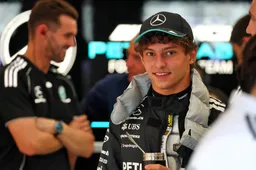
4
Antonelli would party with Alonso, Russell and Verstappen: 'They know what they are doing'
270 times read
